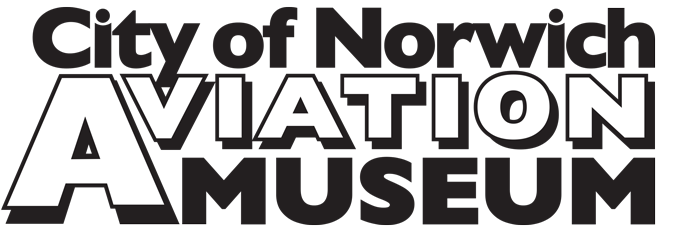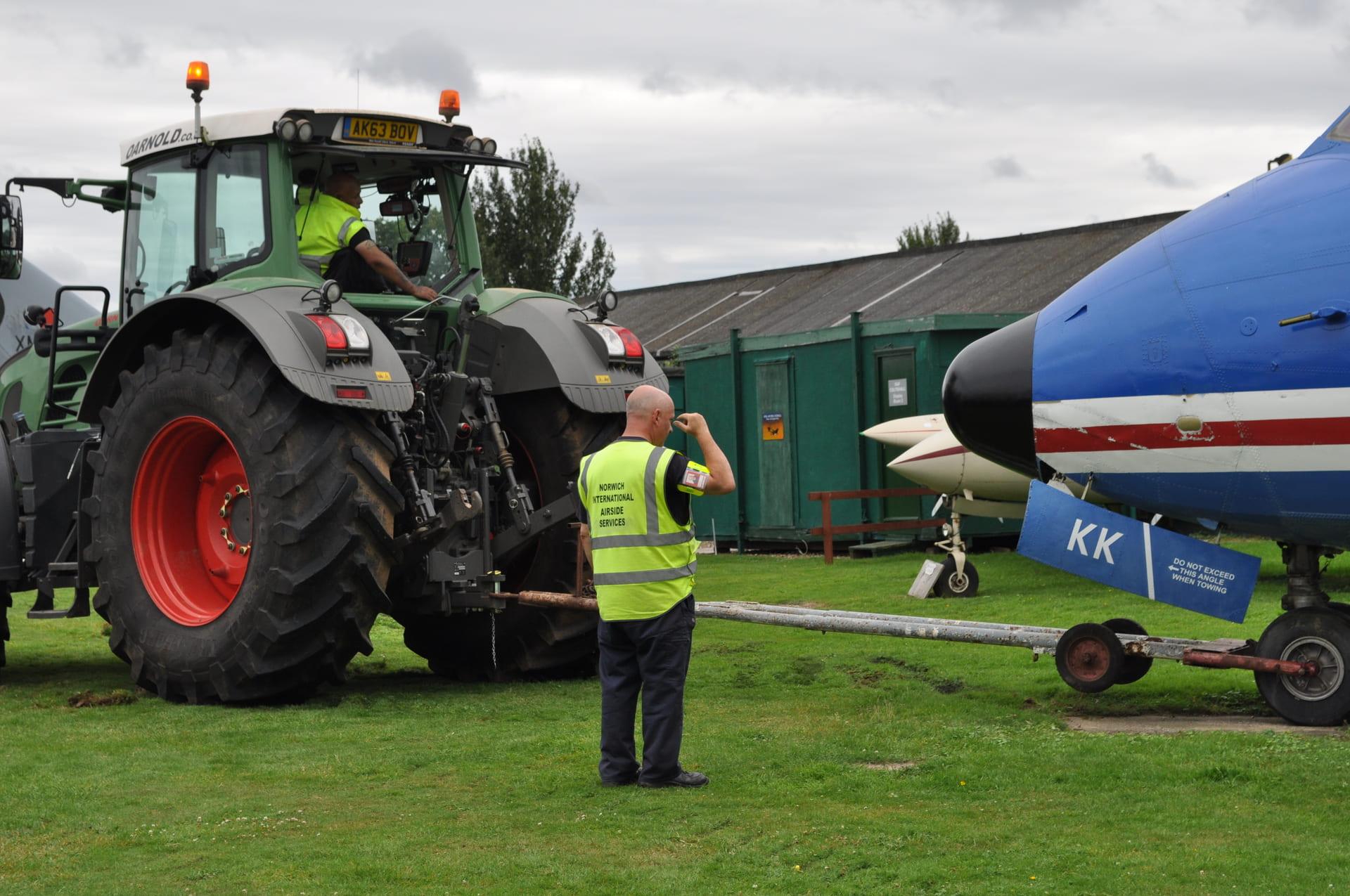
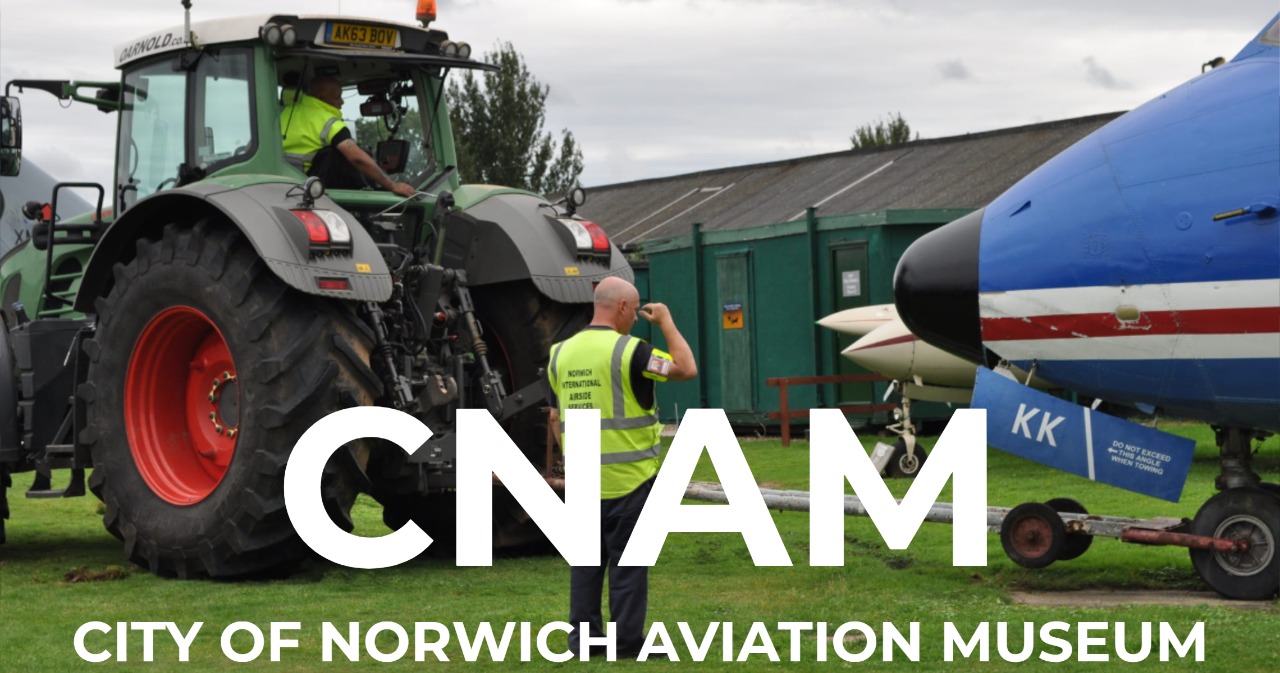
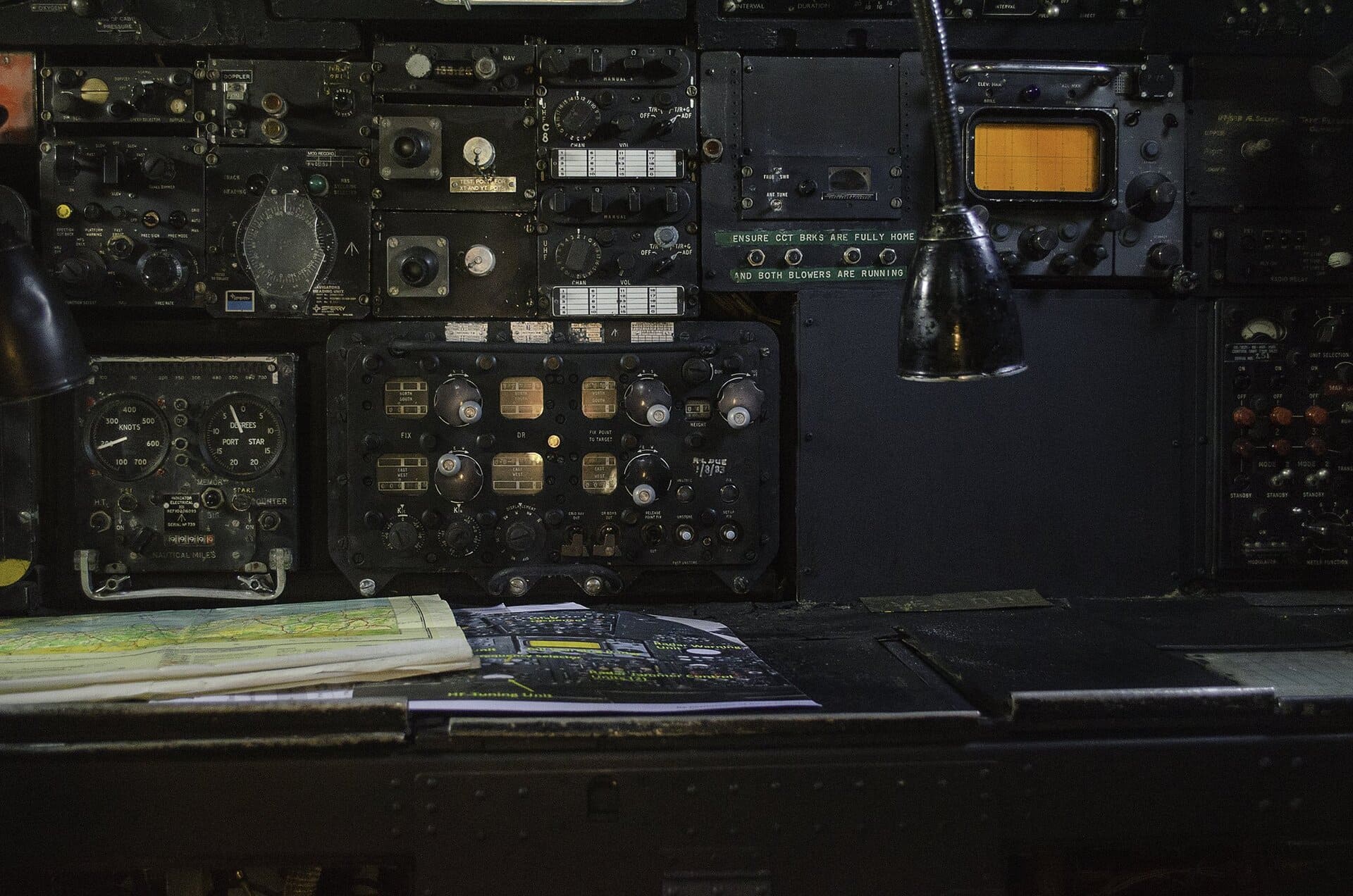
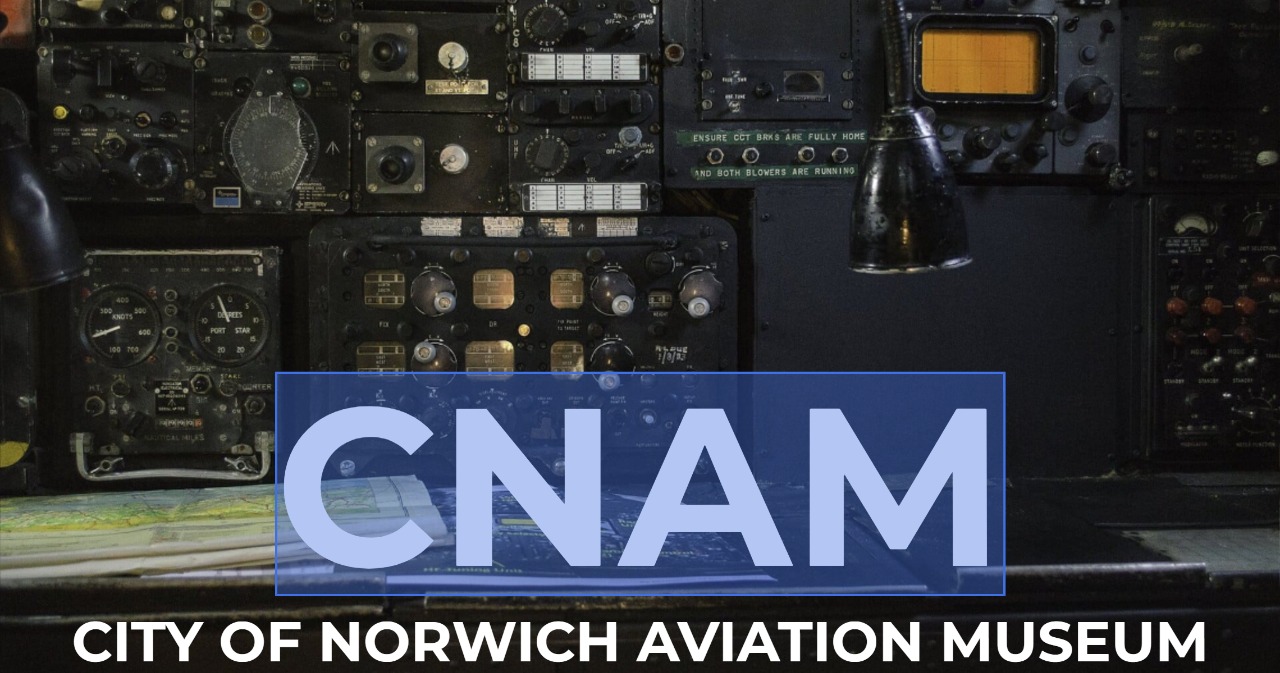
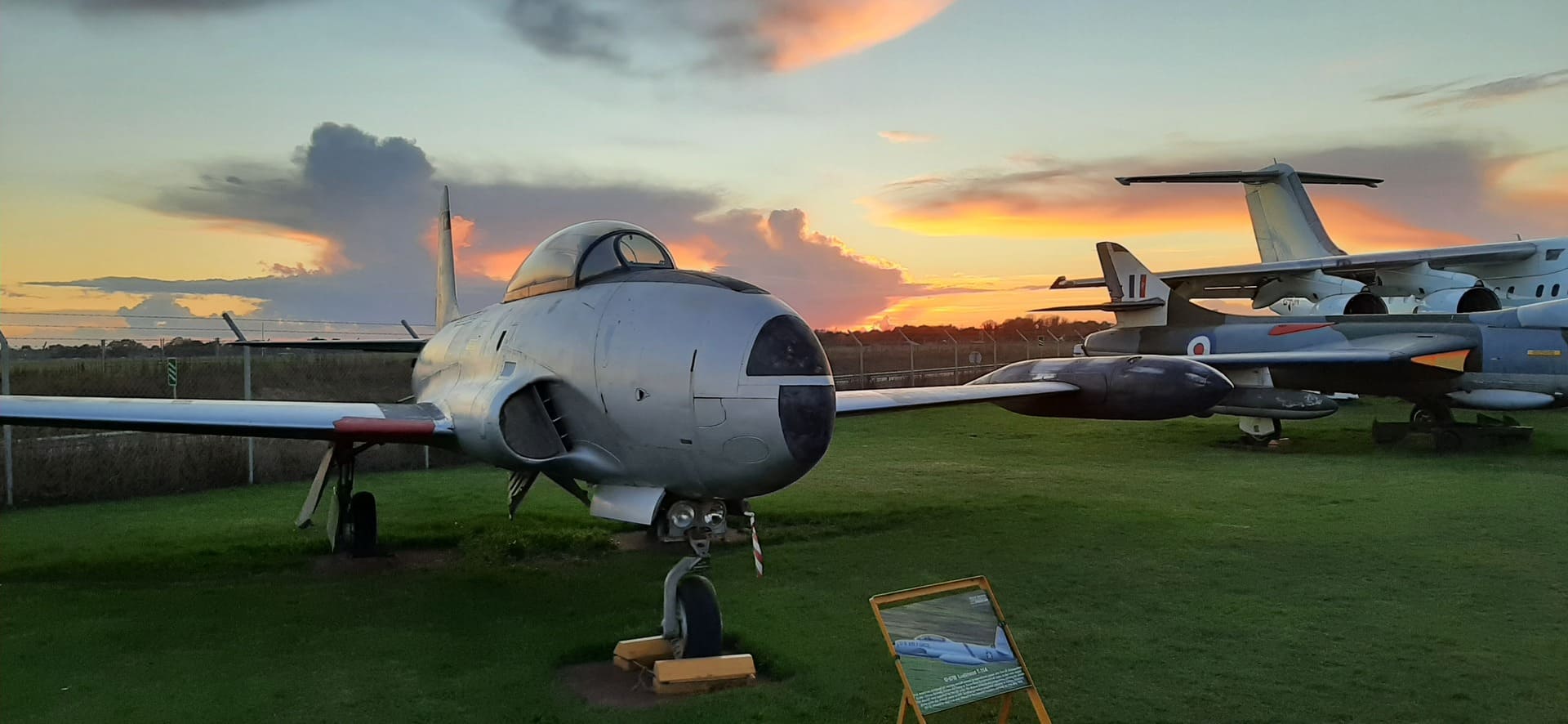
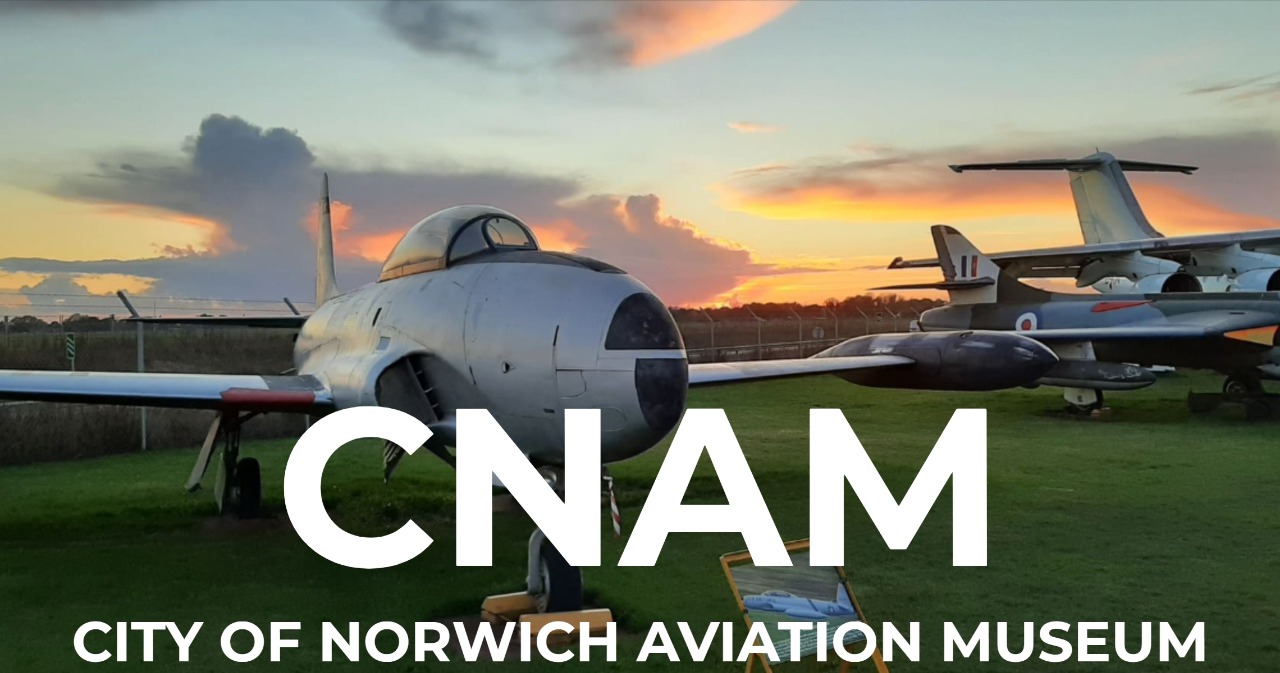
Restoration & Projects
The museum has a significant collection of aircraft that are housed both indoors and outdoors, and are all part of a never ending process to maintain, repair, and restore them. The team of volunteers who work on restorations at the museum are split into groups looking after individual aircraft. This allows for the most appropriate skills, interests, and flexibility to undertake the enormous list of tasks required for each aircraft.
The importance of restoring historic aircraft extends far beyond aesthetics:
Preserving Aviation History: Each restored plane tells a story, offering insight into the innovation and challenges of its time.
Inspiring Future Generations: Restored aircraft displayed in museums or airshows ignite passion and curiosity for aviation among younger audiences.
Honoring Veterans and Aviation Pioneers: Many aircraft restoration projects pay tribute to the pilots and crews who flew these machines in the past.
From aircraft like the Hawker Hunter to the Nimrod and Fokker F27, historic aircraft restoration ensures these historic aircraft are never forgotten. Behind every warbird restoration lies the dedication of skilled teams who bring these relics back to life.
The process of restoring an aircraft does not come without challenges:
Sourcing Materials: Finding original components or period-correct materials can be a difficult task. For rare aircraft, parts often need to be custom-fabricated.
Ensuring Authenticity: Maintaining historical accuracy requires extensive research and collaboration with historians.
Balancing Safety and Preservation: Restorers must find a balance between preserving originality and meeting modern airworthiness standards for flyable restorations.
Time and Cost: Restoring a historic aircraft can take years and significant financial investment. Labor-intensive work and custom parts drive up costs.
- Disassembly
The first step involves carefully disassembling the aircraft. Restorers remove major components, such as wings, fuselage sections, engine parts, landing gear, and cockpit instruments. This step helps assess the true condition of the aircraft and prevents further damage during the restoration process.
- Cleaning and Surface Preparation
Paint, corrosion, varnish, and other materials are stripped away using techniques specific to the aircraft’s original materials. For example, metal surfaces might undergo sanding or chemical cleaning, while fabric-covered sections are carefully handled to avoid further damage.
- Detailed Inspection
Once cleaned, each part undergoes a thorough inspection to detect cracks, corrosion, or hidden defects. This ensures no structural issues go unnoticed.
- Repairing or Rebuilding Damaged Parts
Restorers either repair the original components or fabricate replacements. Metal repairs may involve riveting or welding, while wooden structures are rebuilt by a carpenter.
- Mechanical Overhaul
Engines, control systems, hydraulics, and electrical components are evaluated for functionality. Restoring an engine often requires sourcing or custom-manufacturing period-accurate parts, a time-consuming yet essential task.
- Reassembly
Once all components are cleaned, inspected, and repaired, the aircraft is reassembled. Each piece is returned to its place according to original blueprints, plans and photographs.
- Finishing Touches
The final stages involve repainting, re-varnishing, or reapplying fabric coverings to match the aircraft’s original appearance. Custom paint schemes, insignias, and markings are applied for historical accuracy.
Join as a volunteer and get involved
Volunteering at the museum is a great way to get involved, and we welcome individuals with all skill levels to join our team. Without our team of volunteers, it would be impossible to maintain and improve the museum. So, why not give it a try?
Volunteering takes many different forms and isn't just about the aircraft - the museum is always looking for help with the displays, the tearoom/shop, grounds maintenance, electrical work, decorating, and much more.
If you bring a specific skillset to the museum, we can utilise that and also expand your skills in other areas you might never have previously considered! Find out more about joining us here.
